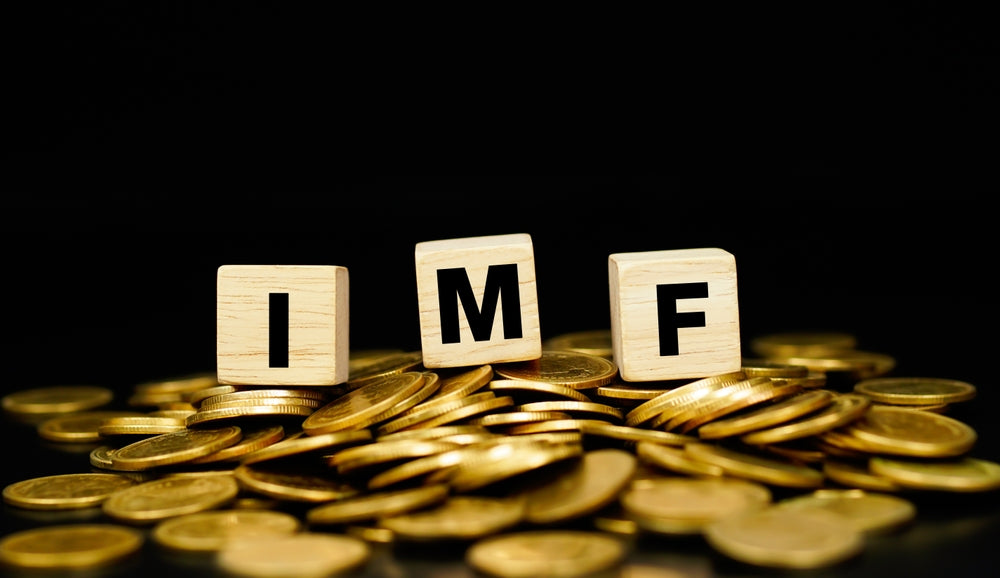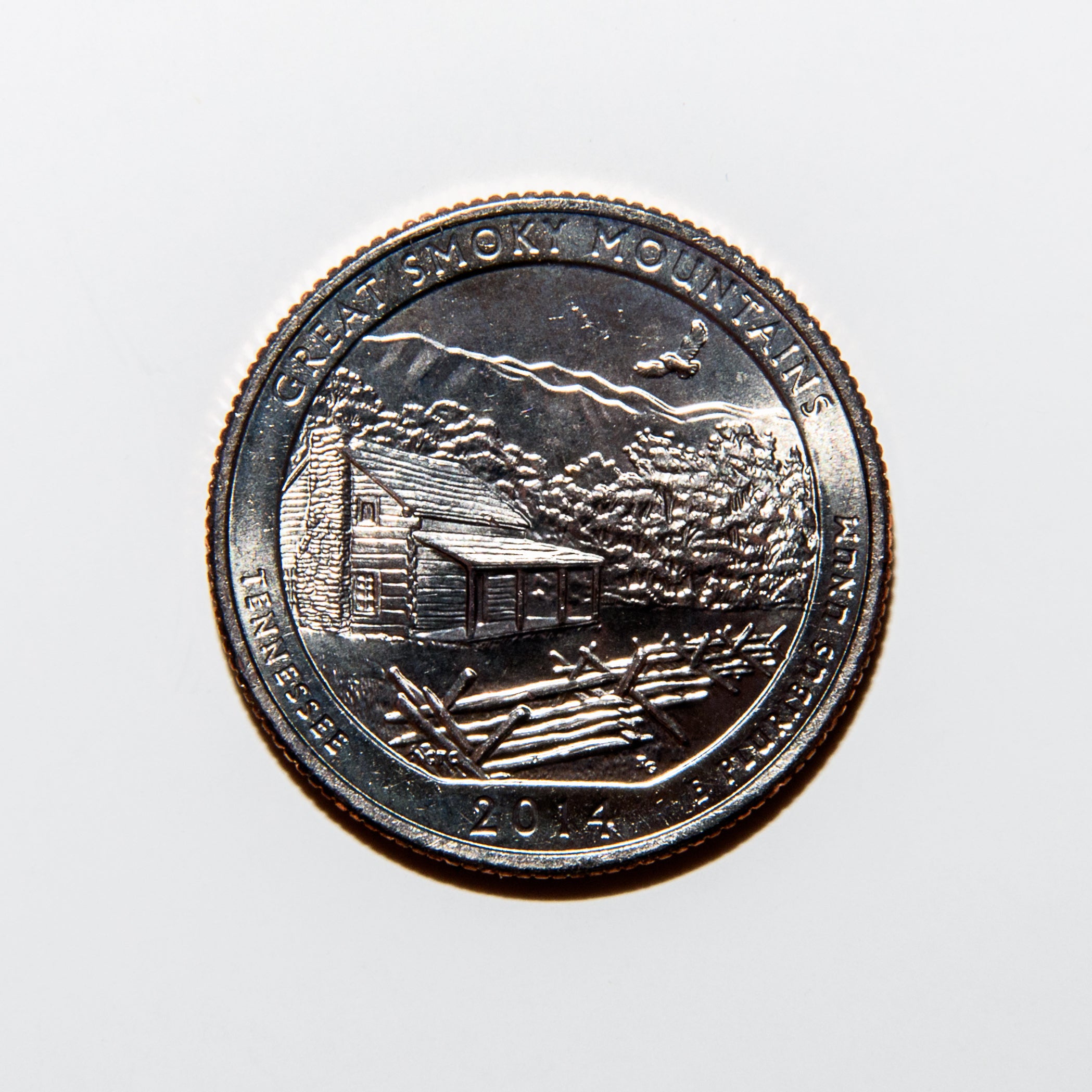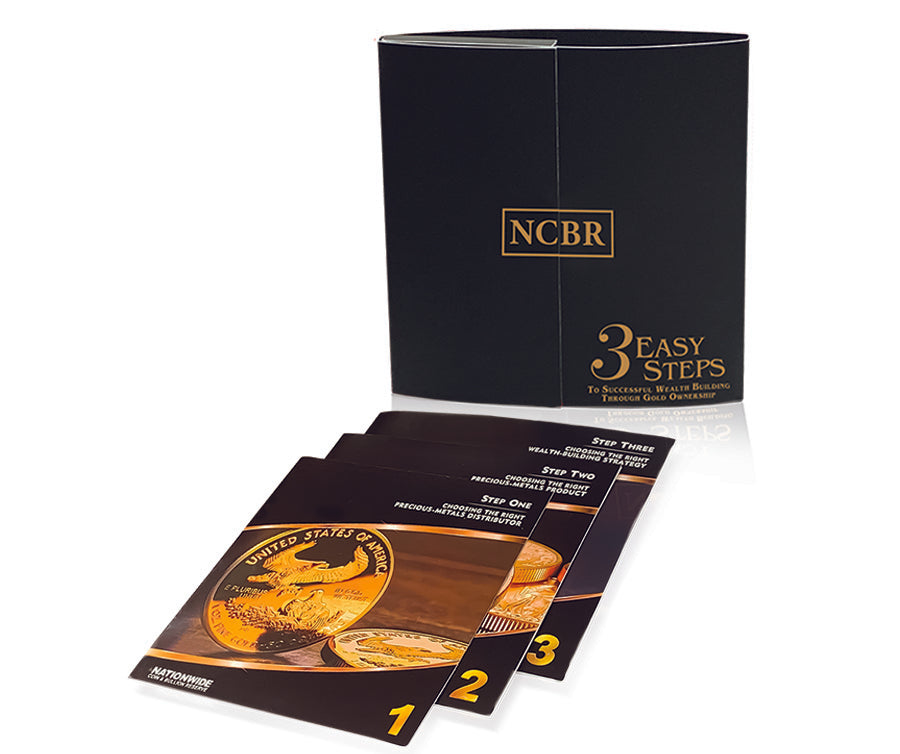In the world of coin collecting, the Wheat Penny holds a special place. With its iconic design featuring two wheat ears, this penny has captured the attention of numismatists and enthusiasts. But what determines the value of a Wheat Penny? In this article, we will explore the factors that contribute to its worth and guide you on how to determine if your penny is worth more than its face value.
The History of the Wheat Penny
The Wheat Penny, officially known as the Lincoln cent, was minted by the United States Mint from 1909 to 1958. It replaced the Indian Head cent and featured President Abraham Lincoln on the obverse. Victor David Brenner's classic reverse design, depicting two stalks of wheat, remained unchanged until 1959 when it was replaced with the Lincoln Memorial design.
Rarity: A Key Determinant of Value
Rarity plays a significant role in determining the value of a Wheat Penny. Certain years and mintmarks are scarcer than others, making them highly sought after by collectors. For example, the 1909-S VDB Wheat Penny is known for its limited mintage and the inclusion of Victor David Brenner's initials (VDB) on the reverse. This particular coin can fetch a substantial premium, especially in higher grades.
Condition: Assessing the Grade
The condition, or grade, of a coin is another crucial factor in determining its value. Coins in better condition generally command higher prices. The Sheldon Coin Grading Scale, ranging from Poor (P-1) to Perfect Mint State (MS-70), is commonly used to assess a coin's condition. A Wheat Penny in uncirculated (mint) condition, with no wear or damage, will generally be worth more than one in heavily circulated condition.
Collector Demand: Influencing Value
The demand among collectors also plays a significant role in determining the value of Wheat Pennies. Coins with a large collector base will have higher demand, driving up their value. Some collectors focus on completing sets of Wheat Pennies by year and mintmark, while others seek specific varieties or errors. For instance, the 1955 Doubled Die Obverse (DDO) Wheat Penny is highly sought after due to the noticeable doubling of the inscriptions on the obverse. These rare varieties can command a significant premium due to their scarcity and desirability.
Determining the Value of Your Wheat Penny
To determine the value of your Wheat Penny, it is essential to consult reliable price guides and references. Online resources provide up-to-date information on coin values, taking into account factors such as year, mintmark, and condition. Attending coin shows and consulting knowledgeable coin dealers can also provide guidance on the value of your Wheat Penny.
Conclusion
In conclusion, the value of a Wheat Penny depends on various factors, including rarity, condition, and collector demand. While some Wheat Pennies may only be worth their face value, others can fetch substantial premiums. To determine the value of your Wheat Penny, consult reliable references, consider its rarity and condition, and seek guidance from reputable coin experts. Whether you are an avid collector or simply curious about the worth of your pocket change, exploring the value of a Wheat Penny can be an exciting journey into the world of numismatics.
Real Time Precious Metals Data Below







